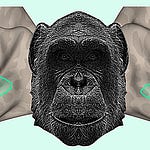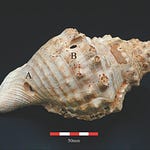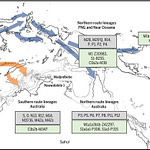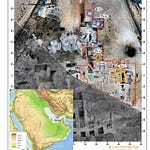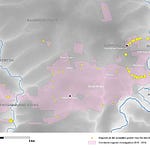In the mid-sixth century, a mysterious illness swept across the Byzantine Empire. Chroniclers described entire cities hollowed out by death, trade routes silenced, and the empire itself brought to its knees. The disaster became known as the Plague of Justinian, named after the emperor who ruled during its outbreak. For centuries, historians argued over what caused it. Was it the same plague that would later unleash the Black Death in Europe? Or something different entirely?
Now, nearly 1,500 years later, science has an answer—one drawn from fragments of DNA hidden in the teeth of the dead.
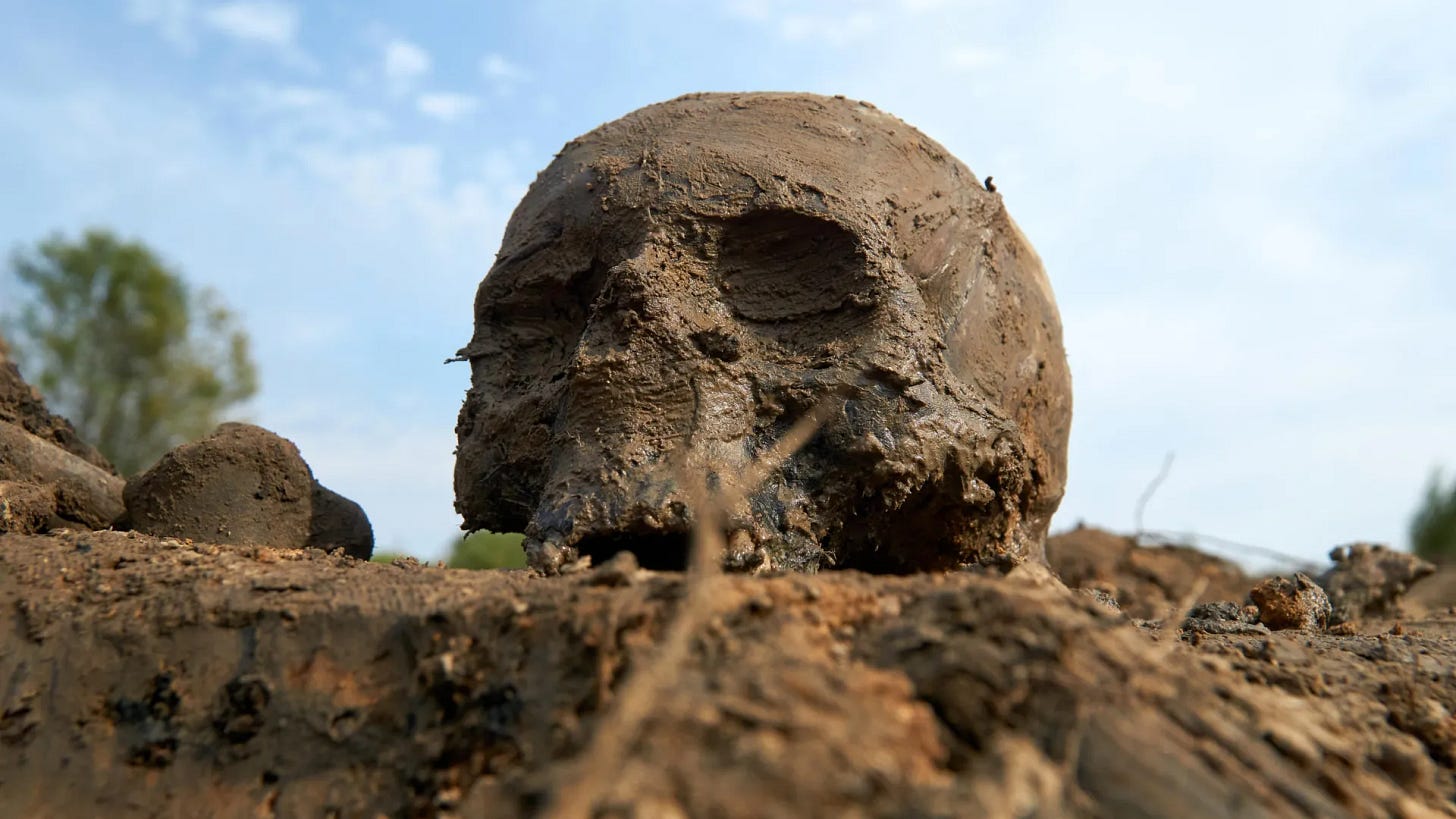
Researchers from the University of South Florida and Florida Atlantic University, working with an international team, have recovered direct genetic evidence of Yersinia pestis, the bacterium that causes plague, from a mass grave in Jerash, Jordan. The findings, published in Genes1 and Pathogens2, confirm beyond doubt that the Plague of Justinian was indeed the first pandemic driven by the same pathogen that would return in later centuries.
“For centuries, we’ve relied on written accounts of a devastating disease, but lacked hard biological evidence of plague’s presence,” said microbiologist Rays H. Y. Jiang, lead investigator of the study. “Our findings provide the missing piece of that puzzle.”
A Roman Arena Turned Graveyard
The story begins in the ruins of Jerash, once a thriving city of the Eastern Roman Empire. Known for its colonnaded streets and grand hippodrome, Jerash was a hub of commerce and culture. But by the sixth century, the city faced catastrophe. Written sources speak of sudden waves of mortality that struck between AD 541 and 750, reducing populations to shadows of their former selves.
Beneath the floors of Jerash’s hippodrome—a venue built for spectacle and sport—archaeologists found something far grimmer: human remains stacked hastily in burial chambers, victims of a sudden and overwhelming calamity. Teeth from eight individuals, preserved in the dry soils, held the answers researchers had sought for generations.
Using targeted ancient DNA methods, the team extracted genetic material from these teeth and sequenced it. The result was unmistakable: Yersinia pestis DNA, nearly identical across all samples. That genetic uniformity points to a rapid, explosive outbreak—precisely the kind described by Byzantine chroniclers.
A Pandemic Before Pandemics Had a Name
The Plague of Justinian erupted first in Pelusium, a port city in Egypt, before radiating outward along trade networks. It struck Constantinople in AD 542, killing thousands daily at its peak. Historians estimate that the pandemic may have claimed 30 to 50 million lives—nearly half the empire’s population—over its two-century span.
Until now, direct biological proof from the empire’s heartland was missing. Traces of Y. pestis had been recovered from remote sites in Western Europe, but never from the Eastern Mediterranean, where the outbreak began. The Jerash evidence closes that gap.
Pandemics on Repeat
A second study by the same team places the Jerash strain in a larger evolutionary context. By comparing ancient and modern plague genomes, the researchers discovered that the pathogen behind the Justinian outbreak was not the ancestor of later pandemics, like the Black Death. Instead, plague has repeatedly spilled over from animal reservoirs into humans, triggering pandemics independently across history.
This finding shatters the notion of a single lineage marching through time. Unlike COVID-19, which traces to a single spillover, plague is a recurring phenomenon—an opportunistic killer waiting in the wings.
“The Jerash site offers a rare glimpse of how ancient societies responded to a public health disaster,” noted Greg O’Corry-Crowe of FAU. “A place built for celebration became a cemetery. That transformation speaks volumes about how quickly cities could be overwhelmed.”
Lessons from the Past
Today, plague still lingers. In July, a resident of Arizona died of pneumonic plague—the most lethal form of the disease. A week later, a case emerged in California. These incidents are rare, but they remind us that plague is not a relic of the past. It continues to evolve and persist, even as antibiotics keep it largely at bay.
The Jerash discovery is more than a historical footnote. It is a cautionary tale about the interplay of ecology, trade, and human mobility—forces that shape pandemics both ancient and modern. Just as the Justinian Plague reshaped the Byzantine world, new pathogens will challenge ours. The ghosts of past pandemics still whisper: connectivity breeds vulnerability.
The team’s next step takes them to Venice, where thousands of plague victims from the Black Death lie buried on Lazaretto Vecchio, a quarantine island that once stood as Europe’s first line of defense. Their bones may hold more secrets—about pathogens, about resilience, and about what it means to live in a world where pandemics are not the exception, but the rule.
Related Research and Citations
Harbeck, M., Seifert, L., Hänsch, S., et al. (2013). Yersinia pestis DNA from skeletal remains indicates widespread presence in Europe during the Black Death. PNAS, 110(8), 2910–2914. https://doi.org/10.1073/pnas.1205750110
Spyrou, M. A., Tukhbatova, R. I., Feldman, M., et al. (2016). Historical Yersinia pestis genomes reveal the European Black Death as the source of ancient and modern plague pandemics. Cell Host & Microbe, 19(6), 874–881. https://doi.org/10.1016/j.chom.2016.05.012
Rasmussen, S., Allentoft, M. E., Nielsen, K., et al. (2015). Early divergent strains of Yersinia pestis in Eurasia 5,000 years ago. Cell, 163(3), 571–582. https://doi.org/10.1016/j.cell.2015.10.009
Adapa, S. R., Hendrix, K., Upadhyay, A., Dutta, S., Vianello, A., O’Corry-Crowe, G., Monroy, J., Ferrer, T., Remily-Wood, E., Ferreira, G. C., Decker, M., Tykot, R. H., Tripathy, S., & Jiang, R. H. Y. (2025). Genetic Evidence of Yersinia pestis from the First Pandemic. Genes, 16(8), 926. https://doi.org/10.3390/genes16080926
Dutta, S., Upadhyay, A., Adapa, S. R., O’Corry-Crowe, G., Tripathy, S., & Jiang, R. H. Y. (2025). Ancient origins and global diversity of plague: Genomic evidence for deep Eurasian reservoirs and recurrent emergence. Pathogens, 14(8), 797. https://doi.org/10.3390/pathogens14080797


